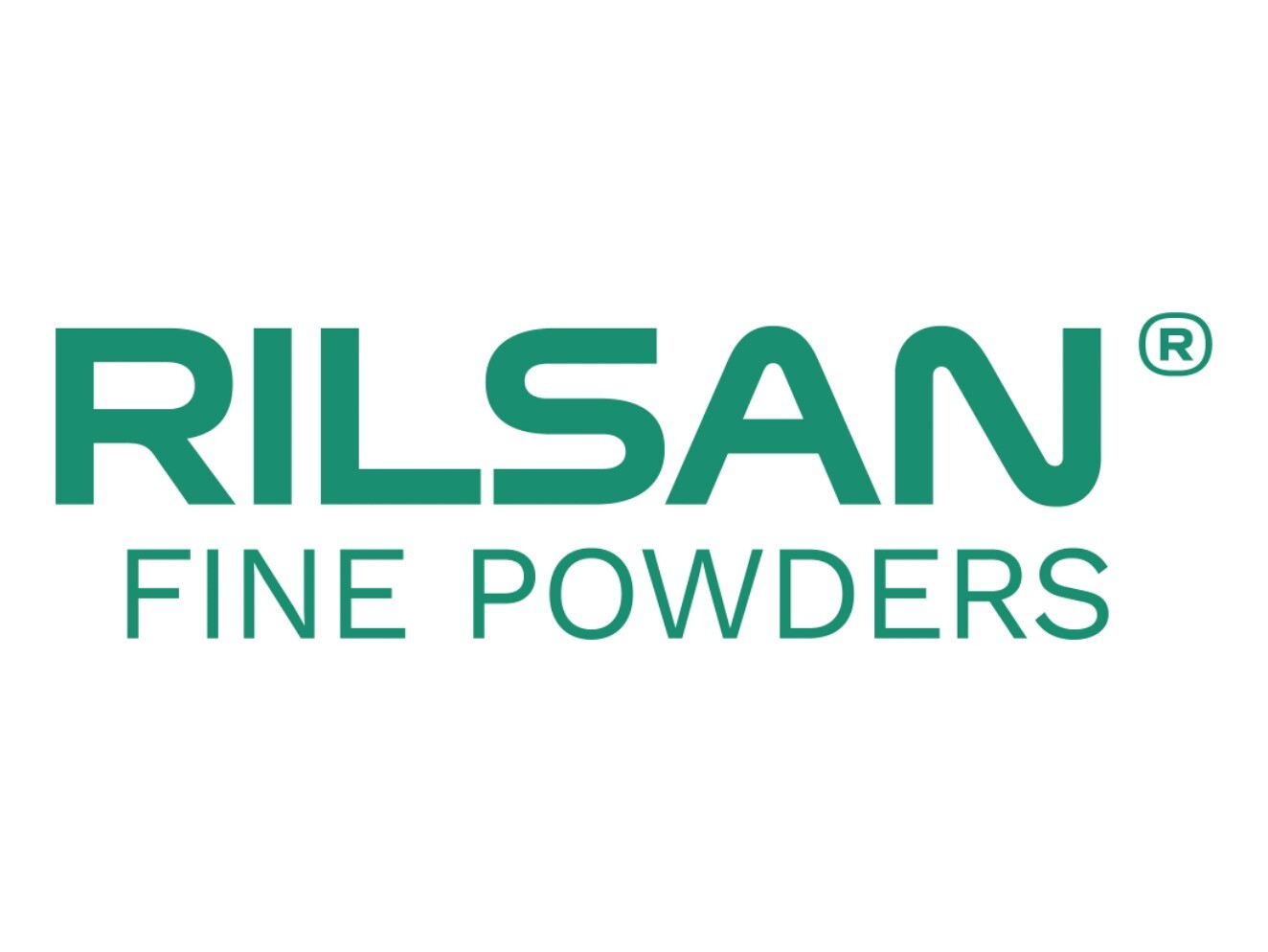Select Your Region
Rilsan® Powders for Water Applications

Water-Safe Protective Coatings
Water is one of the key physical requirements for life to exist, but many steps go into ensuring potable water is easily accessible and safe for consumption. Arkema Rilsan® powder coatings allow for exceptional protection for potable water systems—learn the hows and whys in our article below. Supplying clean, safe water relies on comprehensive measures in system design, component selection, and long-term maintenance, as every element exposed to water must adhere to rigorous safety and durability standards. For facility managers and water treatment operators, navigating these requirements can be challenging, especially as regulations evolve and performance expectations rise. Therefore, choosing coatings that comply with current NSF 61 and NSF 600 guidelines not only protects public health but also extends infrastructure lifespan, reducing overall maintenance demands. Consequently, understanding the specific capabilities and benefits of Rilsan® powder coatings empowers those responsible for water systems to make informed decisions that prioritize compliance, operational reliability, and environmental stewardship.
Why Should I Use Rilsan® Powders to Coat My Water Treatment Systems?
The most important factor when selecting Rilsan® powders for use in coating piping and components for water use is the NSF 61* certification across a number of the color selections. NSF 61 is a National Science Foundation–accepted standard across pipes, gaskets, and meters that transport or are exposed to water. If parts of the water sourcing or transport system are not NSF 61 certified, they can introduce potentially harmful contaminants or exceed acceptable levels of molecules like lead and other chemistries.
The list of NSF 61–approved Rilsan® grades and primer combinations is listed in the table below.
Outside of the NSF standard, there are several additional benefits that Rilsan® powder coatings provide for components and accessories involved in water treatment and potable water delivery. We broke down the top three benefits below.
*as of 2023, NSF 61 must now meet NSF/ANSI/CAN 600 as well. So NSF 61 compliant Rilsan® powders are NSF/ANSI/CAN 600 compliant as well.

Strengthens Corrosion Resistance

Prevents Biofilm Accumulation

Renewable, Biobased Solution
Corrosion Resistance
Water and metal famously (Or maybe it's more accurate to say infamously?) do not get along in the long run, and rust formation can lead to serious concerns for water quality and system integrity. If untreated, this rust can run away in a system, creating leaks and loss of flow, and can introduce new sources of contamination. (Suban et al., 2010). The nylon coatings from Rilsan® powders are incredibly strong and resistant to corrosion, even when exposed to the most severe testing environments. Arkema has demonstrated corrosion resistance for their polyamide 11 fine powders over 2,000 hours of salt spray testing and up to 25 years of durability in C4 (very high) and C5 (high) environments. Moreover, this exceptional resistance helps safeguard not just the structural components, but also the water being transported through the system—ensuring that contamination risks remain low throughout the lifecycle of the infrastructure. Consequently, by applying Rilsan® powder coatings to critical water infrastructure, facility managers and engineers gain reliable long-term protection for pipes, valves, and fittings, reducing unplanned maintenance and costly system failures. This proven durability makes Rilsan® an invaluable choice for potable water systems where compliance, safety, and longevity are essential priorities.
Prevents Biofilm Accumulation
H2O is one of the best mediums to grow bacteria and other microbial organisms. Of course, this is the last thing any of us want to come out of our taps. Not only can it lead to the spreading of pathogens and contamination, but it can also lead to a physical buildup that can reduce flow and clog meters and valves (Pal et al., 2018). Rilsan® coatings provide a smooth, dense surface on the inner walls of pipes and components that greatly inhibits the formation and buildup of these biofilms. Moreover, because Rilsan® powders meet NSF 61 and NSF 600 standards, they address both safety and compliance requirements critical for potable water systems. The antimicrobial protection offered by these coatings reduces maintenance demands and supports longer production cycles, making them especially valuable for water treatment operators and those maintaining critical infrastructure. Consequently, the use of Rilsan® not only mitigates health risks, but also helps optimize operational efficiency by limiting the downtime associated with biofilm-related blockages and failures.
Renewable, Biobased Solution
In addition to providing premier performance and protection, the Rilsan® powders also provide peace of mind, as these products are 100% biobased from naturally derived castor seeds and castor oil. Arkema sources the raw materials from sustainable farms that do not compete with food demand requirements. Rilsan® powders provide an ecologically friendly solution without sacrificing the robust performance of nylon powder coatings. Moreover, utilizing a renewable and biobased coating helps water treatment operators and facility managers align with modern sustainability goals, which are increasingly important in today’s regulatory and operational environments. As a result the adoption of Rilsan® powders in potable water systems supports both environmental responsibility and technical excellence, ensuring that critical infrastructure remains both compliant and forward-looking in a changing industry landscape.
Water and metal famously (Or maybe it's more accurate to say infamously?) do not get along in the long run, and rust formation can lead to serious concerns for water quality and system integrity. If untreated, this rust can run away in a system, creating leaks and loss of flow, and can introduce new sources of contamination. (Suban et al., 2010). The nylon coatings from Rilsan® powders are incredibly strong and resistant to corrosion, even when exposed to the most severe testing environments. Arkema has demonstrated corrosion resistance for their polyamide 11 fine powders over 2,000 hours of salt spray testing and up to 25 years of durability in C4 (very high) and C5 (high) environments. Moreover, this exceptional resistance helps safeguard not just the structural components, but also the water being transported through the system—ensuring that contamination risks remain low throughout the lifecycle of the infrastructure. Consequently, by applying Rilsan® powder coatings to critical water infrastructure, facility managers and engineers gain reliable long-term protection for pipes, valves, and fittings, reducing unplanned maintenance and costly system failures. This proven durability makes Rilsan® an invaluable choice for potable water systems where compliance, safety, and longevity are essential priorities.
Prevents Biofilm Accumulation
H2O is one of the best mediums to grow bacteria and other microbial organisms. Of course, this is the last thing any of us want to come out of our taps. Not only can it lead to the spreading of pathogens and contamination, but it can also lead to a physical buildup that can reduce flow and clog meters and valves (Pal et al., 2018). Rilsan® coatings provide a smooth, dense surface on the inner walls of pipes and components that greatly inhibits the formation and buildup of these biofilms. Moreover, because Rilsan® powders meet NSF 61 and NSF 600 standards, they address both safety and compliance requirements critical for potable water systems. The antimicrobial protection offered by these coatings reduces maintenance demands and supports longer production cycles, making them especially valuable for water treatment operators and those maintaining critical infrastructure. Consequently, the use of Rilsan® not only mitigates health risks, but also helps optimize operational efficiency by limiting the downtime associated with biofilm-related blockages and failures.
Renewable, Biobased Solution
In addition to providing premier performance and protection, the Rilsan® powders also provide peace of mind, as these products are 100% biobased from naturally derived castor seeds and castor oil. Arkema sources the raw materials from sustainable farms that do not compete with food demand requirements. Rilsan® powders provide an ecologically friendly solution without sacrificing the robust performance of nylon powder coatings. Moreover, utilizing a renewable and biobased coating helps water treatment operators and facility managers align with modern sustainability goals, which are increasingly important in today’s regulatory and operational environments. As a result the adoption of Rilsan® powders in potable water systems supports both environmental responsibility and technical excellence, ensuring that critical infrastructure remains both compliant and forward-looking in a changing industry landscape.
Rilsan® Grades - Water Approved
Rilsan® Fine Powders |
US (NSF 61) |
UK (WRAS) |
Germany (DVGW/KTW) |
France (ACS) |
Netherlands (KIWA) |
|---|---|---|---|---|---|
| T Grey 5161 MAC / LAT 12035 |
Yes
|
Yes
|
Yes
|
Yes
|
Yes
|
| T Blue 7443 MAC / LAT 12035 |
Yes
|
Yes
|
No
|
Yes
|
No
|
| T Black 7450 AC / LAT 12035 / P23V40 |
Yes
|
Yes
|
No
|
Yes
|
Yes
|
| ES White 1464 EC / LES 201 & 104BRC7 |
Yes
|
No
|
No
|
No
|
No
|
What Components for Water Treatment and Transport Can Be Powder Coated?
Along the water treatment and distribution process, a wide variety of components can benefit from the application of nylon-based protective powder coatings like Rilsan®. Any exposed metal surfaces, such as pipes, valves, and fittings, are the most frequent candidates for such enhancements, as these parts are constantly at risk from moisture, chemical exposure, and wear. Furthermore, secondary equipment—including flow meters, storage tanks, and gauges—that is often protected with traditional rubber coatings can achieve greater durability and enhanced resistance to aggressive water treatment chemicals when upgraded to nylon powder coatings. Accessories and ancillary hardware, for instance brackets, threaded connectors, and a diverse range of fasteners, may also gain significant operational longevity and reliability through the adoption of nylon coating technologies. By using a robust, NSF-certified powder coating like Rilsan®, facility managers and operators can extend maintenance cycles, help minimize the risk of system downtime, and ensure long-lasting protection for every component in the potable water infrastructure.
To learn how Rilsan® can be applied, view our other articles below:
Citations
Suban, Marjan, Robert Cvelbar, and Borut Bundara (2010 ). The impact of stagnant water on the corrosion processes in a pipeline vpliv zastajajo^ih voda v cevovodih na korozijske procese.
Pal, Mahendra, Yodit Ayele, Angesom Hadush, Sumitra Panigrahi, and Vijay J. Jadhav (2018 ). Public Health Hazards Due to Unsafe Drinking Water. 7(1), 1–6.
Suban, Marjan, Robert Cvelbar, and Borut Bundara (2010 ). The impact of stagnant water on the corrosion processes in a pipeline vpliv zastajajo^ih voda v cevovodih na korozijske procese.
Pal, Mahendra, Yodit Ayele, Angesom Hadush, Sumitra Panigrahi, and Vijay J. Jadhav (2018 ). Public Health Hazards Due to Unsafe Drinking Water. 7(1), 1–6.

Thank you
Thank you for your inquiry and interest in ChemPoint.
We will respond to you shortly.
ChemPoint will not under any circumstances release personal user information to individuals or companies. All information collection is solely used to support ChemPoint customers service communications. Read our Privacy Notice.
Are you in the correct region?
We’ve detected that you are located in a different region than the region selected on the website. Would you like to change your region?
Current Region: English - United States